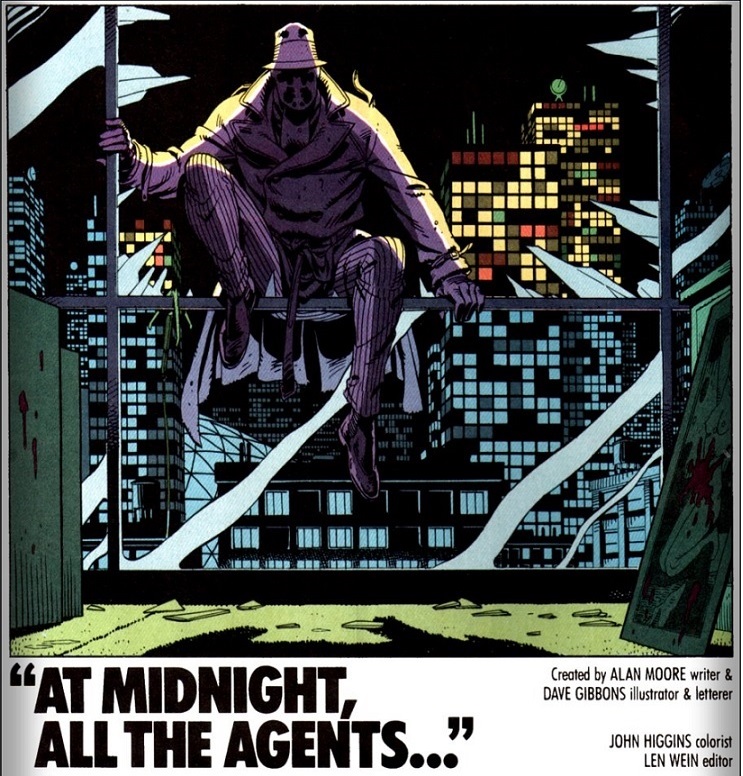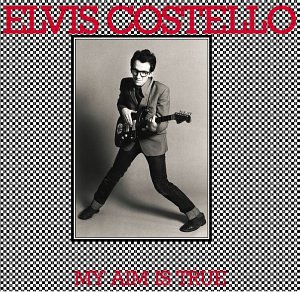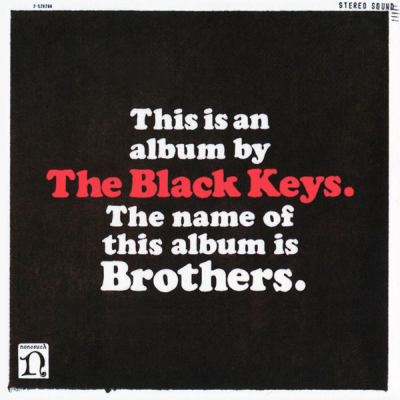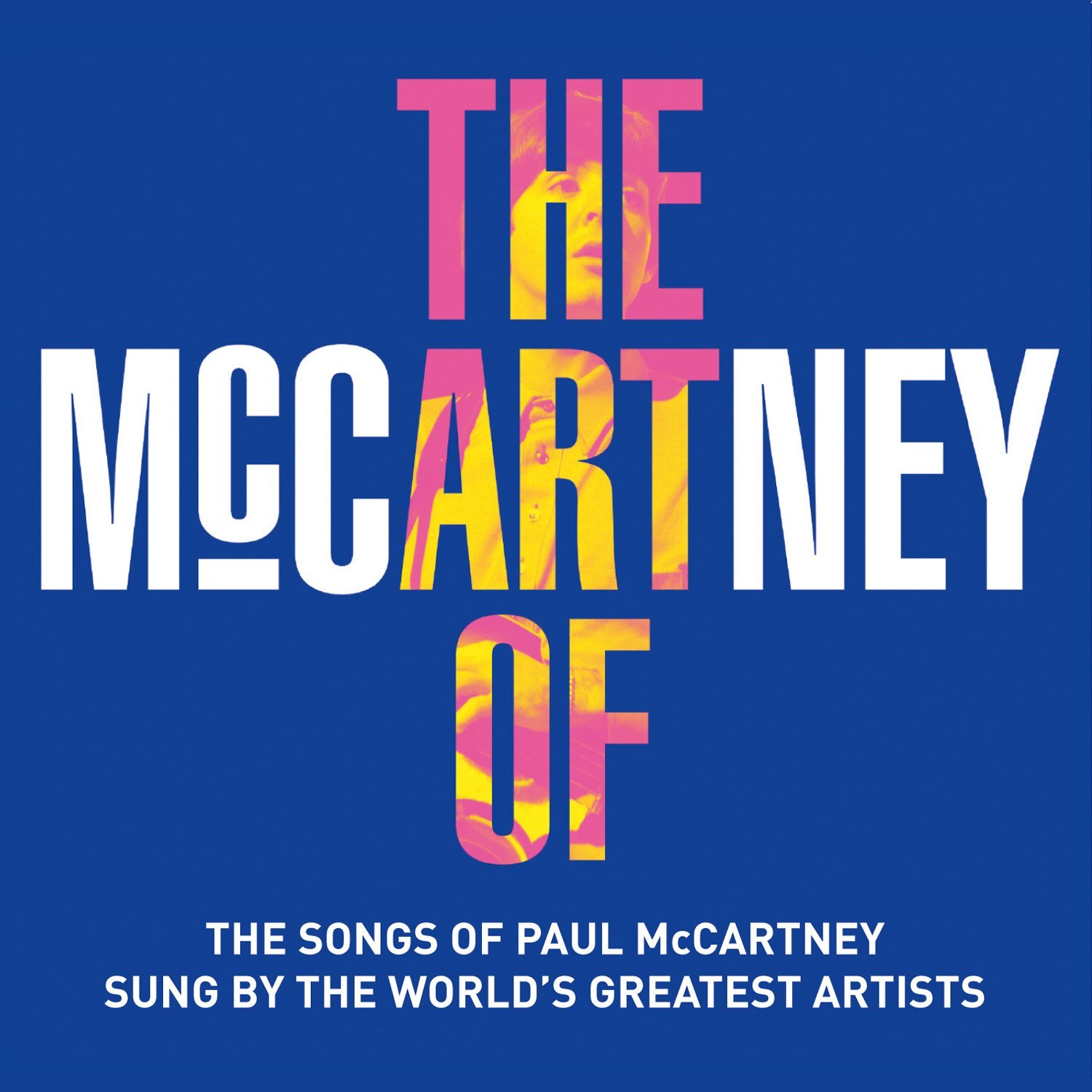Once there was a man who revolutionized his field. Emerging from a working-class background in a desolate town, he absorbed every bit of knowledge he could, and in his youth joined a community of like-minded artists. Eventually he found work in the big city, and began attracting notice in his chosen arena. The pace of his creative genius accelerated, and soon he was releasing one brilliant work after another, in rapid succession. Each one individually was a mind-blowing leap forward, and taken in totality they completely upended everyone’s assumptions about what was artistically possible in the domain.
He took a genre that was considered disposable trash aimed at children, and made it matter, bringing a highly literate and literary sensibility it had never seen before. With humor, drama, and passion, he got the world’s attention on not only his own work, but the possibilities it implied for the entire medium. He emerged from this period an indisputable legend, and no matter how many fallow years or bizarre religious conversions may follow, nothing will tarnish that accomplishment.
This man goes by the name of Bob Dylan.
I think it’s easy to see why Alan Moore admires and appreciates Dylan, going so far as to quote him for two different epigraphs in Watchmen, a distinction matched only by the Bible. Moore is the Bob Dylan of comics, and has come to struggle similarly under the staggering weight of his well-earned prestige and fame. But enough of the parallel, let’s dig into the inspiration for Chapter 1’s quote and title. Be warned that spoilers abound below for Watchmen.
 Chapter 1 of Watchmen is titled “At Midnight, All The Agents…”, and the annotations quite rightly inform us that the quote comes from “Bob Dylan’s song ‘Desolation Row‘”. Of course, the “Bob Dylan” part isn’t terribly hard to track down — he’s cited in the final panel of the chapter, with a fuller version of the quote: “At midnight, all the agents and superhuman crew, go out and round up everyone who knows more than they do.” (This is actually a misquote in several areas, as we’ll see below.) But “Desolation Row” is a huge song, a 10-verse epic that clocks in at 11 minutes and 21 seconds. So we’ve got a little room to expand – let’s have the full stanza! It’s the 8th one in the song.
Chapter 1 of Watchmen is titled “At Midnight, All The Agents…”, and the annotations quite rightly inform us that the quote comes from “Bob Dylan’s song ‘Desolation Row‘”. Of course, the “Bob Dylan” part isn’t terribly hard to track down — he’s cited in the final panel of the chapter, with a fuller version of the quote: “At midnight, all the agents and superhuman crew, go out and round up everyone who knows more than they do.” (This is actually a misquote in several areas, as we’ll see below.) But “Desolation Row” is a huge song, a 10-verse epic that clocks in at 11 minutes and 21 seconds. So we’ve got a little room to expand – let’s have the full stanza! It’s the 8th one in the song.
At midnight all the agents
And the superhuman crew
Come out and round up everyone
That knows more than they do
Then they bring them to the factory
Where the heart-attack machine
Is strapped across their shoulders
And then the kerosene
Is brought down from the castles
By insurance men who go
Check to see that nobody is escaping
To Desolation Row
“Desolation Row” was released in 1965, a pretty good year for the agents and the superhuman crew. That year, Goldfinger broke box office records around the world, becoming the fastest-grossing film of all time. The Man From U.N.C.L.E. was a cultural phenomenon, spawning merchandise ranging from t-shirts to board games to record albums, not to mention a host of imitators and parodies. Meanwhile, in the superhero comicbook world a revolution was in swing, led by Stan Lee and his Merry Marvel Marching Society. Superheroes were popular not just with kids, but increasingly on college campuses as well.
Dylan’s lyric punctures this euphoria in a way that partly foreshadows Watchmen. Here, the heroes of 1965 aren’t targeting bank robbers or world-shattering conspiracies or what-have-you, but rather “everyone that knows more than they do.” They are the agents of anti-intellectualism and anti-creativity, enforcing hegemony on behalf of an Establishment status quo. All those smart people get bound to a machine, inside a factory, their art and intellect caged in symbols of capitalism, regimentation, and meaningless work. And it only gets worse from there, as more Establishment figures descend from Kafka-esque castles with kerosene, surely in preparation for something like a holocaust. The agents and superhumans work for these insurance men, ensuring that nobody escapes the consequences of enlightenment.
It’s also hard to escape the Vietnam draft angle on this verse. In 1965, the United States began calling up 35,000 young men every month to fight in the Vietnam War, a war against the specter of Communism, at least as it was perceived by the Kennedy and Johnson administrations. It was an insurance man’s war — a premium paid in lives, year over year, against the hypothetical catastrophe posited by the “Domino Theory”, the notion that if one republic falls to the Red Menace, a chain reaction would ensue and next thing you knew we’d be the only capitalist democracy in the world, drowning in a sea of red. The agents and superhuman crew were full participants in this narrative, battling one Communist menace after another in their comics, movies, and TV episodes. In addition to the actual government rounding up young people, these stories were doing cultural work to get kids on the government’s side.
The skeptical view of spies and crusaders in “Desolation Row” informs Watchmen too, though the book’s superhuman crew is far less monolithic than Dylan’s. The Watchmen character closest to what Dylan describes is surely The Comedian, who spends his time “working for the government… knocking over Marxist republics.” He would have no compunction whatsoever at rounding up whoever he was told to round up, and bringing them wherever he was told to bring them. Then there’s Ozymandias, who indeed spends much of the book rounding up artists, scientists, writers, and even the head of a dead psychic. They may or may not know more than the so-called “world’s smartest man”, but he certainly puts them to work in his island factory, and then destroys them with fire. Nobody escapes Adrian’s “lethal pyramid.”
Still, the title appears on page 6 as a caption to Rorschach, and it is Rorschach who ventures forth at midnight, rounding up the superhuman crew themselves. It’s certainly safe to say that Dr. Manhattan knows more than Rorschach does — he knows more than anyone does, though that knowledge doesn’t prevent him from being surprised sometimes, nor from sometimes enforcing the state’s agenda for a while, just as The Comedian does. And of course Ozymandias knows more than Rorschach does, since he is after all the author of the murder mystery Rorschach is attempting to solve through his midnight maneuvers. All these stories meet at the book’s metaphorical midnight, when the superhuman crew themselves know more than everyone else, and allow none to escape their pact of secrecy.
That final panel misquotes the lyric, skipping the definite article in front of “superhuman”, substituting “go” for “come”, and “who” for “that”. However, there may not be much to be drawn from that fact — in the original comic version of Watchmen #1, the final panel is simply black, with the doomsday clock at the bottom. Quotes appear in that final panel in every subsequent issue of Watchmen, so apparently the DC editors decided to alter the final panel of #1 to match for the graphic novel. That it misquotes the song is likely nothing to do with Moore, and everything to do with imprecise editorial work.

As long as we’re looking closely, though, let’s observe that in this verse, Desolation Row isn’t the place to escape from, it’s the place to escape to. Every verse in the song ends with the words “Desolation Row”, and in this case it stands outside the nightmarish factory, as an unreachable alternative to the horrors within.
So what is Desolation Row, anyway? To find out, let’s start at the beginning. Here’s how the song opens:
They’re selling postcards of the hanging
They’re painting the passports brown
The beauty parlor is filled with sailors
The circus is in town
“Postcards of the hanging” is an image for which Dylan critic Mark Polizzotti has an explanation. In Polizzotti’s book on Highway 61 Revisited (the album which “Desolation Row” closes), he tells of a lynching which occurred in 1920 Duluth, Minnesota, just an hour away from Dylan’s birthplace of Hibbing. Six young black circus hands were accused of sexually assaulting a white teenager. Three of the accused men were dragged from jail by a mob numbering in the thousands. They were beaten, and hung from lampposts. According to Polizzotti, “A photograph of the incident, which circulated widely as a commemorative postcard, shows a crowd of Duluthians proudly posing around the three limp bodies.” (Highway 61 Revisited, pg. 134)
This horrible image leads off a parade of grotesques, which the verse winds up with, “As Lady and I look out tonight from Desolation Row.” Once again, Desolation Row is placed outside the realm of horror, as the observation point in which the song’s narrator stands. So, in some sense, it appears to be the everyday world, or at least the narrator’s place in that world. It’s a grim vantage point because of all the human cruelty and evil that surrounds it.
The image won’t be pinned down so easily, though. In other verses, it’s where Cinderella sweeps up after ambulances carry away a misguided lover. It’s where Einstein used to play the electric violin, an image evocative of both Nero and of Dylan himself, who was in the midst of shocking his audience by playing an electric version of his chosen instrument. It’s the site of a carnival to be attended by the Good Samaritan, the forbidden zone for Casanova, and a taboo peepshow for Ophelia. As all these archetypes come into play, and as the prepositions shift around it (from, to, about, on), the notion of Desolation Row transcends any sense of physical place. It is, instead, a state of mind.
Desolation Row is how it feels to see black bodies swinging from lampposts in your hometown. How it feels to watch young men die in the name of a paranoid fantasy. How it feels to see potential scholars and artists locked into roles they didn’t choose, their minds’ gifts and their true selves ignored in favor of what their back and hands can do before they break. How it feels to watch love carried away in an ambulance. How it feels to be Cassandra, speaking the truth but never believed. “How does it feel?” cries Dylan in “Like A Rolling Stone”, the song at the other end of Highway 61 Revisited. How it feels is Desolation Row.
It’s where you stand, outside the horror but seeing it clearly, framing it with symbols. What becomes clear from this observation point is that we are the authors of our own nightmares. As Polizzotti puts it, “the fault lies not in our political or social institutions, but hopelessly, irrevocably in ourselves.” (Ibid., pg. 138) Or, in the words of another Desolation Row denizen:

I’ve mentioned lots of famous characters, both real and fictional — Cinderella, Ophelia, Einstein, Casanova, and so forth. There are plenty more in the lyrics of “Desolation Row”, such as Cain and Abel, Ezra Pound, T.S. Eliot, the Hunchback of Notre Dame, and the Phantom of the Opera. In fact, the agents and superhuman crew are unusual in the song for being referred to as a general category rather than a specific example. Dylan puts these figures to work as archetypes, fundamental examples of concepts such as poetry, romance, doomed love, brilliance, and so forth. However, we never find them doing quite what we expect — they’re placed well outside their usual stories. Pound and Eliot are fighting in the captain’s tower of the Titanic. Einstein wanders around disguised as Robin Hood, smoking and reciting the alphabet. And then of course there are those fascistic superheroes. Dylanologist Clinton Heylin sums it up: “Dylan relies almost solely on placing familiar characters in disturbingly unfamiliar scenarios, revealing a series of increasingly disturbing canvases.” (Revolution In The Air, pg. 248)
Ring any bells? Alan Moore didn’t have the familiar characters available, though not for lack of trying. Instead, he reflected the Charlton characters just enough to open up their connections to much broader categories. As Dave Gibbons puts it, “The Charlton characters were superhero archetypes. There was the Superman figure, the Batman figure…. We realized we could create our own archetypes and tell a story about all superheroes.” Except, these superheroic emblems weren’t doing their usual thing, but instead find themselves in disturbingly unfamiliar scenarios, such as the extreme grimness of Rorschach’s “origin”, Silk Spectre’s Tijuana Bible, and the Vietnam killings of Dr. Manhattan and The Comedian. Watchmen‘s world is a lot like that of Dylan’s song, but the only observation point is from outside the book. Even Mars isn’t far enough away.
In the tenth and final verse of “Desolation Row”, Dylan shows his cards at last, letting us know what he’s been doing in the other nine. The cultural tokens fade away, the symbolic giving way to the personal:
Yes, I received your letter yesterday
(About the time the doorknob broke)
When you asked how I was doing
Was that some kind of joke?
All these people that you mention
Yes, I know them, they’re quite lame
I had to rearrange their faces
And give them all another name
Right now I can’t read too good
Don’t send me no more letters, no
Not unless you mail them
From Desolation Row
It doesn’t really matter whether he’s talking about people in his life or talking about the condition of humans in general — what matters is that he has to rearrange their faces, and give them all another name. That’s what Cinderella, Einstein, and the rest are up to — new faces and new names for the “lame” people he’s all too familiar with. Through this rearrangement, draping the people he knows in symbolic clothes, and sending them out to make their way in a world of horrors, Dylan lets us see the things we know ourselves in a startling new light.
New faces and new names are a core trope of the superhero genre, too. What Dylan does to his subjects, superheroes do to themselves — changing their faces with masks and cowls (or perhaps just strategic eyewear removal), and declaring new names, new identities for their heroic undertakings. The characters in Watchmen have certainly done this, sometimes more than once — Sally Juspeczyk sets aside her ethnic Polish surname for the flashier “Jupiter”, and then throws a Silk Spectre on top of that. In response to the Keene Act, some then rearrange again, going back to their old names. And finally, after attaining and then shedding an archetypal identity, a few transform once more, into the ultimate expression of that archetype. Dr. Manhattan goes from godlike to simply god. Ozymandias builds a futile monument for the ages. Rorschach becomes a blot.
Pulling back one more level, we can see that Watchmen itself does this. It rearranges the faces of the Charlton heroes, giving them all new names. And in an even larger sense than this, it invites us to view superheroes from Desolation Row, rearranging the face of the entire genre.

Next Entry:
A Real Rain
Previous Entry:
Housekeeping, and Some Notes On Method













